When it comes to skin healing and scar management, understanding the right methods and products can make all the difference. Silicone gel and sheeting have emerged as gold standards in this field, particularly in the context of skin grafts. This guide will walk you through the stages of skin grafting and explain how silicone products can optimize your recovery and scar appearance.
Understanding Skin Grafting: The Three Stages
Skin grafting is a surgical procedure where skin is transplanted from one area of the body to another. This technique is crucial for treating extensive wounds, burns, or areas with significant tissue loss. Here are the three main stages of skin grafting:
1. Harvesting
In the first stage, healthy skin is harvested from a donor site. This skin can be taken from various parts of the body, depending on the size and location of the wound. The goal is to use skin that will match the texture and color of the area being treated.
2. Transplantation
Next, the harvested skin is carefully transplanted to the recipient site. This requires precision to ensure the graft takes successfully, meaning it integrates with the surrounding tissue and starts receiving blood supply.
3. Healing and Scar Management
The final stage is where silicone gel and sheeting become pivotal. Proper scar management is essential to ensure the graft heals well and to minimize scarring. This stage involves using products like silicone sheeting and gel to support the healing process and improve the appearance of scars.
The Role of Silicone Gel and Sheeting in Scar Management
How Silicone Works
Silicone products create an optimal environment for healing by maintaining hydration and providing a protective barrier. This helps control collagen production, reducing the likelihood of raised, hypertrophic, or keloid scars.
Benefits of Silicone Gel and Sheeting
Though both silicone gel and silicone scar sheets are effective on their own, they’re most effective when used in tandem— which is why we created our Scar Heal Kits, utilizing both Rejuvasil and Scar Fx for flatter, smoother scars!
- Reduces Scar Thickness and Color: Studies have shown that silicone sheeting significantly reduces scar thickness and color amelioration, making scars less noticeable (O’Brien & Jones, 2006).
- Improves Skin Elasticity: Silicone products improve the elasticity of the scar tissue, which helps in better integration with the surrounding skin (O’Brien & Pandit, 2006).
- Hydration and Protection: By creating a semi-occlusive barrier, silicone sheeting helps retain moisture in the scar tissue, which is critical for proper healing and restructuring (Mustoe, 2007).
- Ease of Use and Comfort: Silicone gels and sheets are easy to apply, non-greasy, and comfortable, making them suitable for everyday use. Products like Rejuvasil and Scar Fx are designed for both comfort and efficacy.
Application Tips For Optimal Results
|
Start use once wound is fully closed |
|
Apply sheeting to clean, dry skin |
|
Wear sheeting at night, and apply gel during the day |
|
Wash sheeting 2-3x a week to increase usage life (about 30-45 days) |
|
Reapply scar gel 2-3x a day; give a few minutes to dry |
Learn More: Top FAQs About Silicone Scar Sheets: Best Practices for Scar Treatment and Prevention
Conclusion
Silicone gel and sheeting are essential tools in the management of skin graft scars. They help maintain hydration, reduce scar thickness, and improve overall scar appearance, making them invaluable in the healing process. Whether you're recovering from surgery or managing existing scars, incorporating silicone products like Rejuvasil, Scar Fx, and our Scar Heal Kits can significantly enhance your results.
References:
- O’Brien, L., & Jones, D. J. (2006). Silicone gel sheeting for preventing and treating hypertrophic and keloid scars. The Cochrane database of systematic reviews. Link.
- Mustoe, T. A. (2007). Evolution of silicone therapy and mechanism of action in scar management. Aesthetic Plastic Surgery, 32, 82-92. Link.
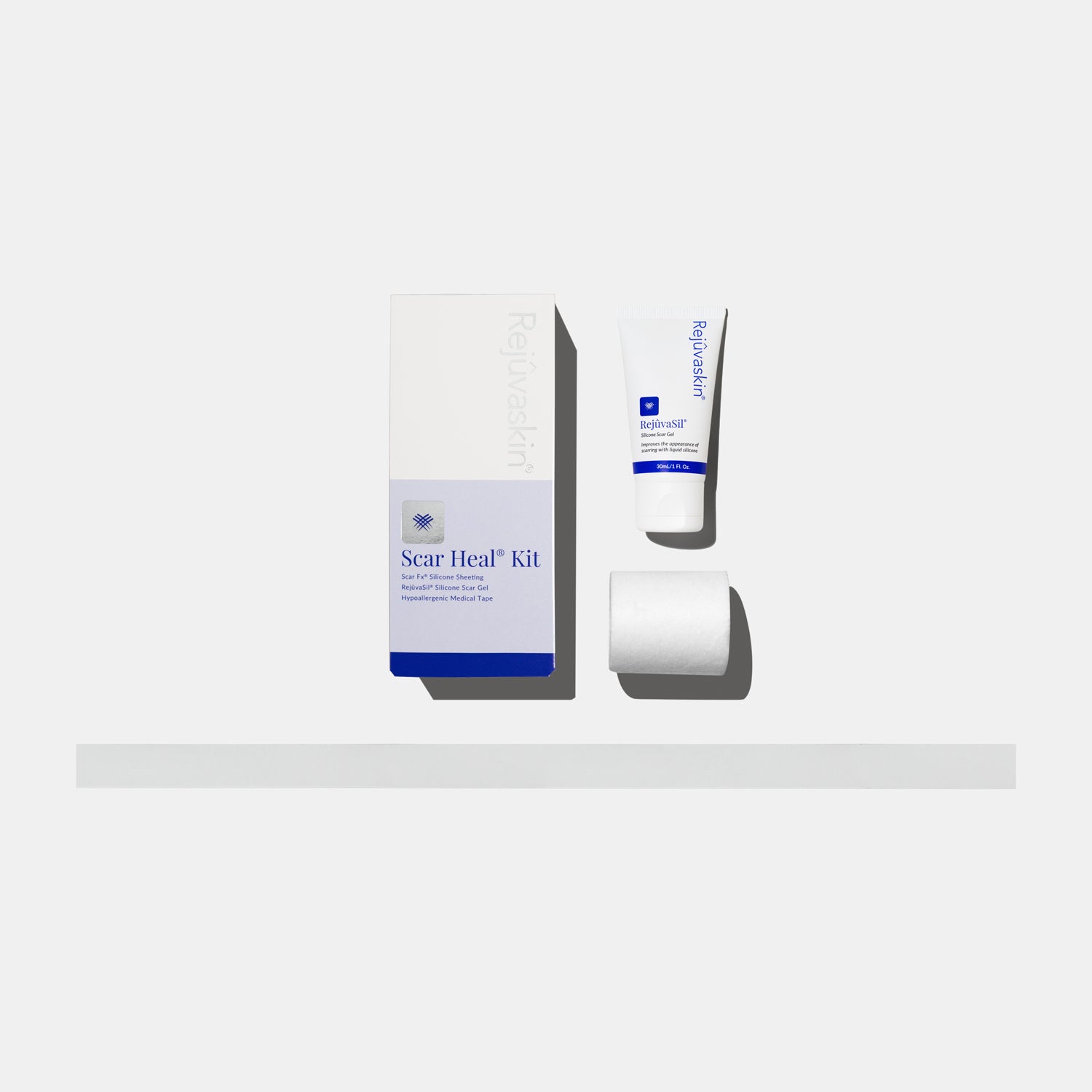


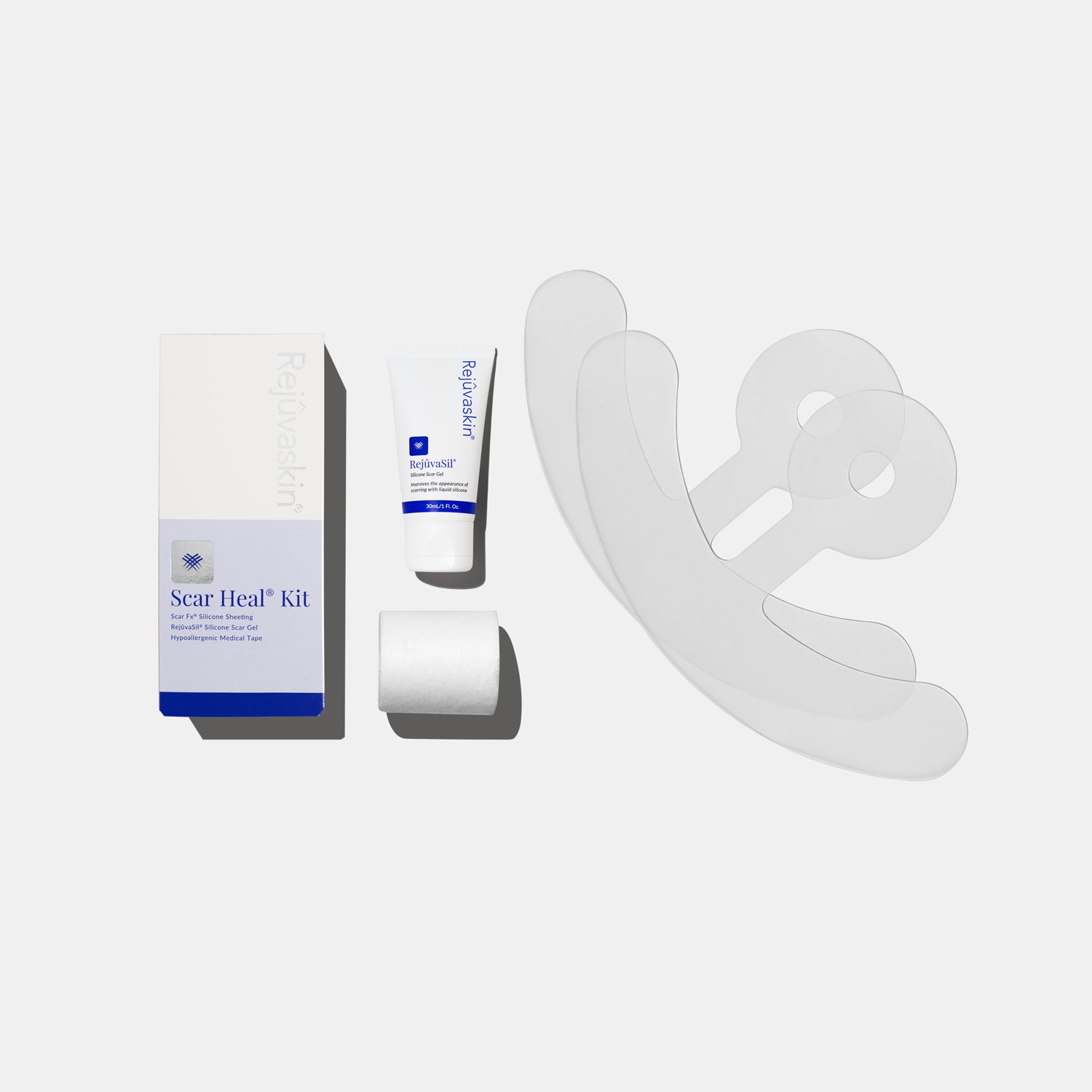
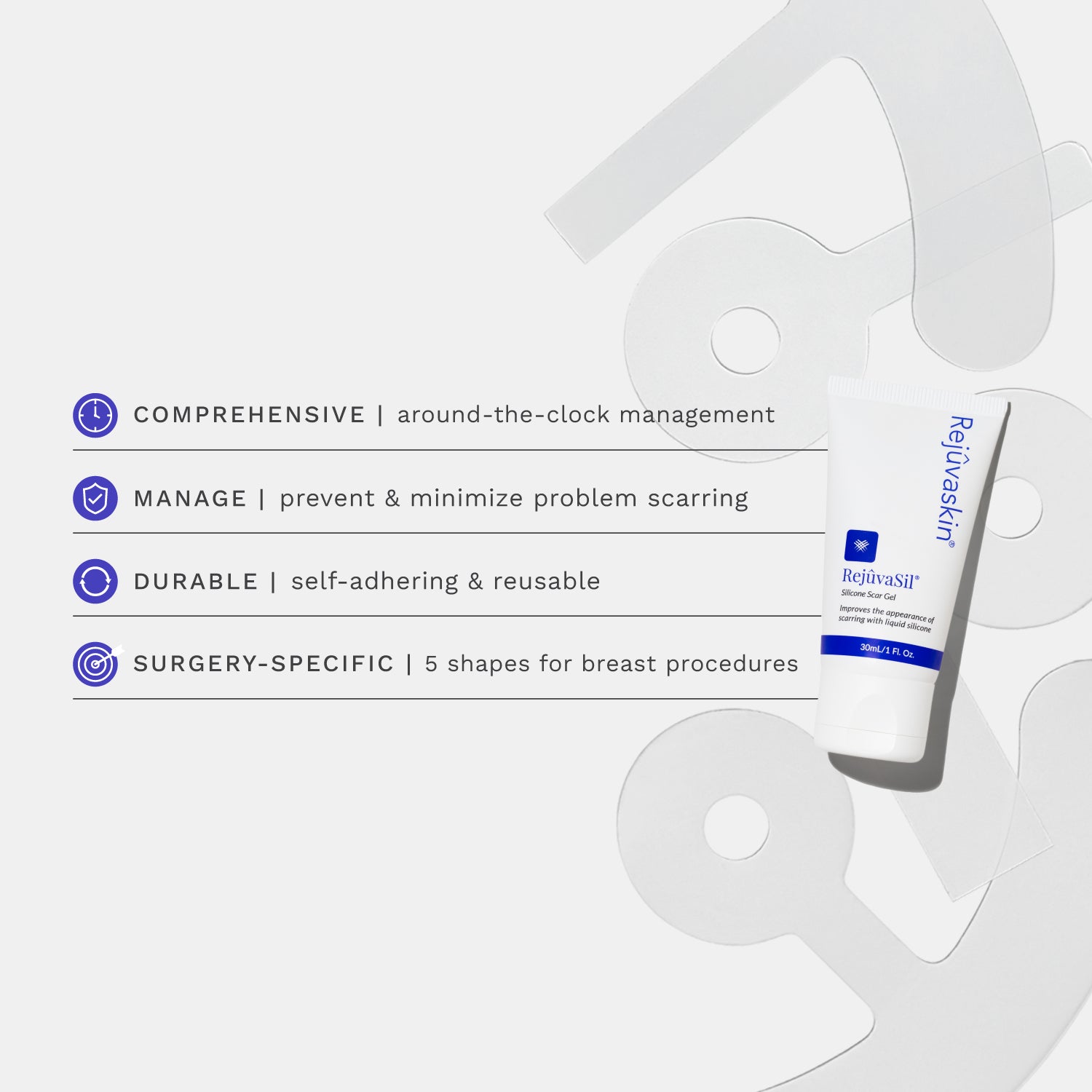
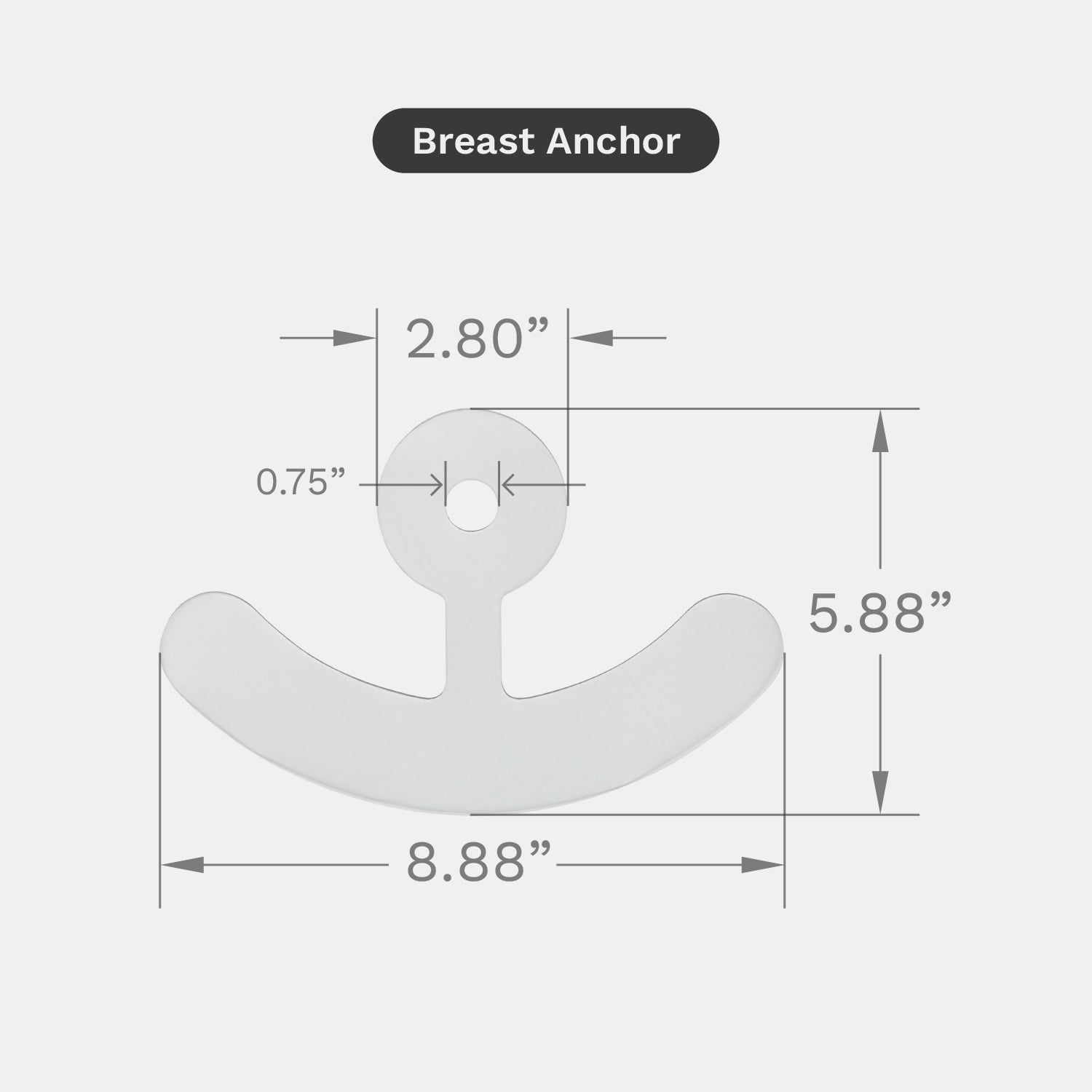
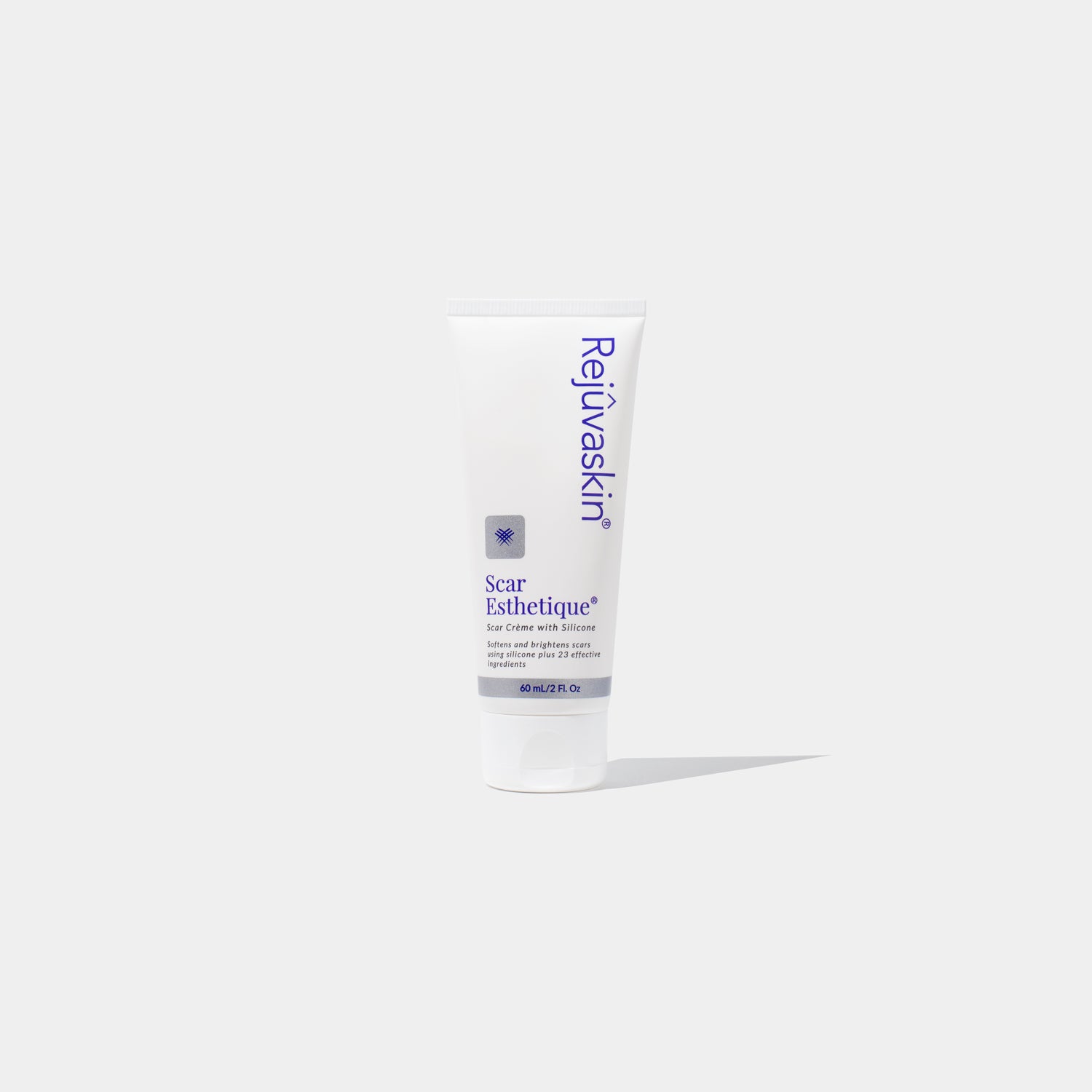
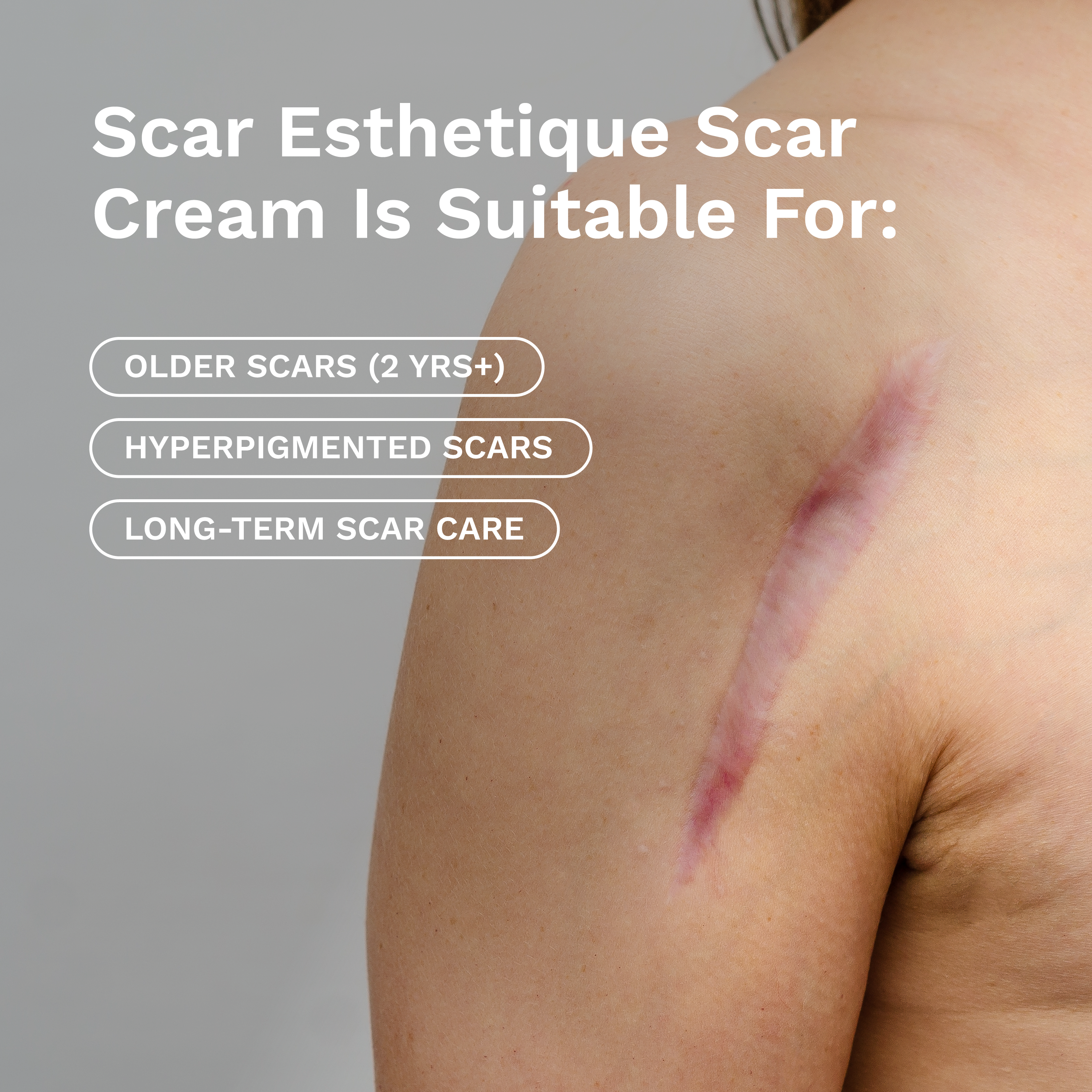








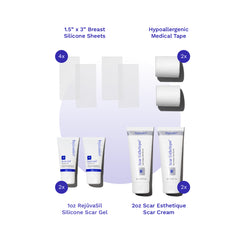
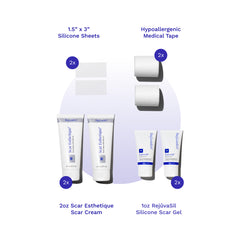

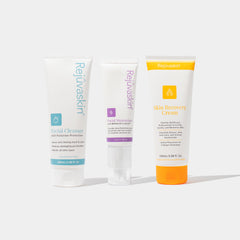
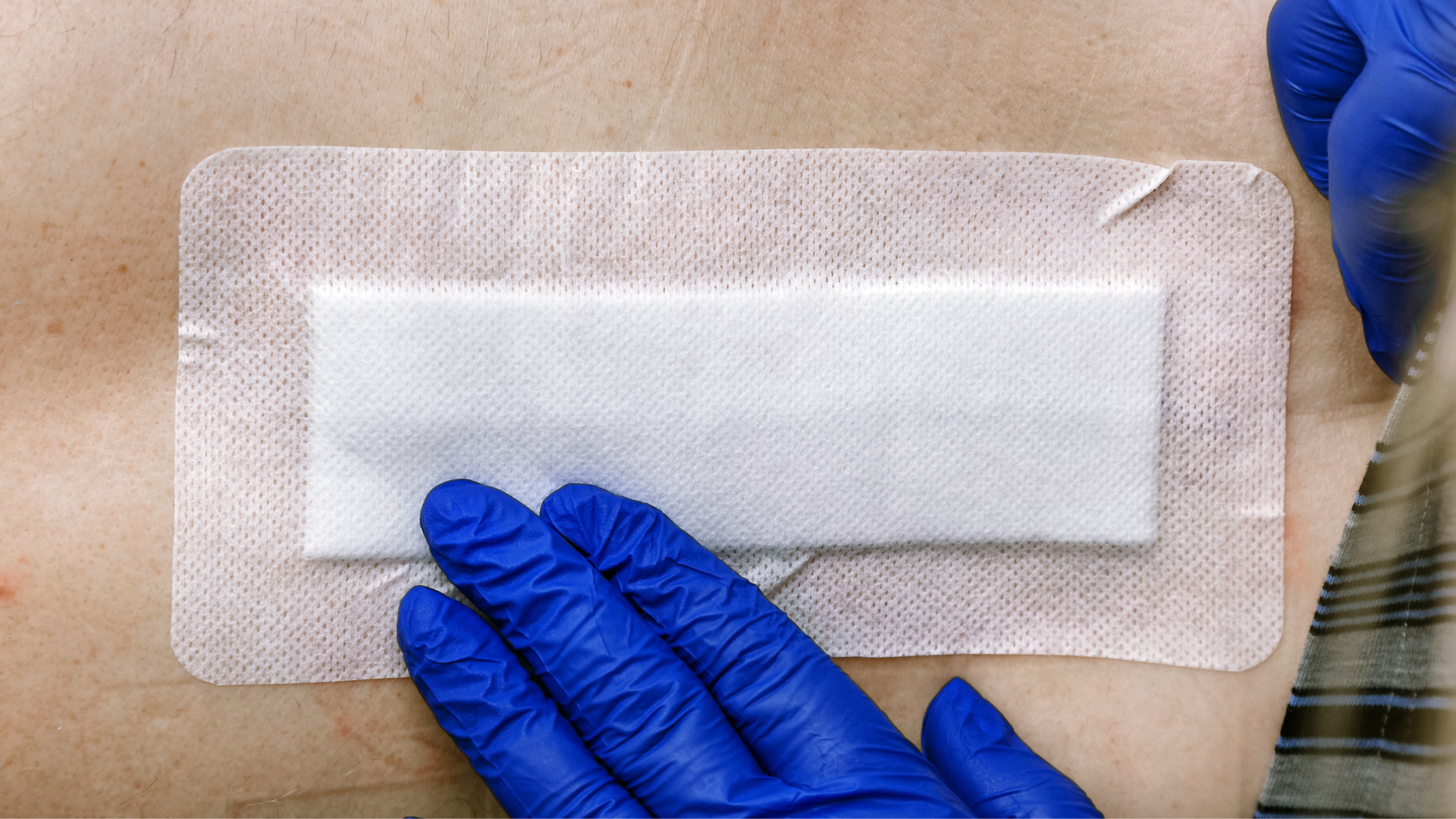
Leave a comment